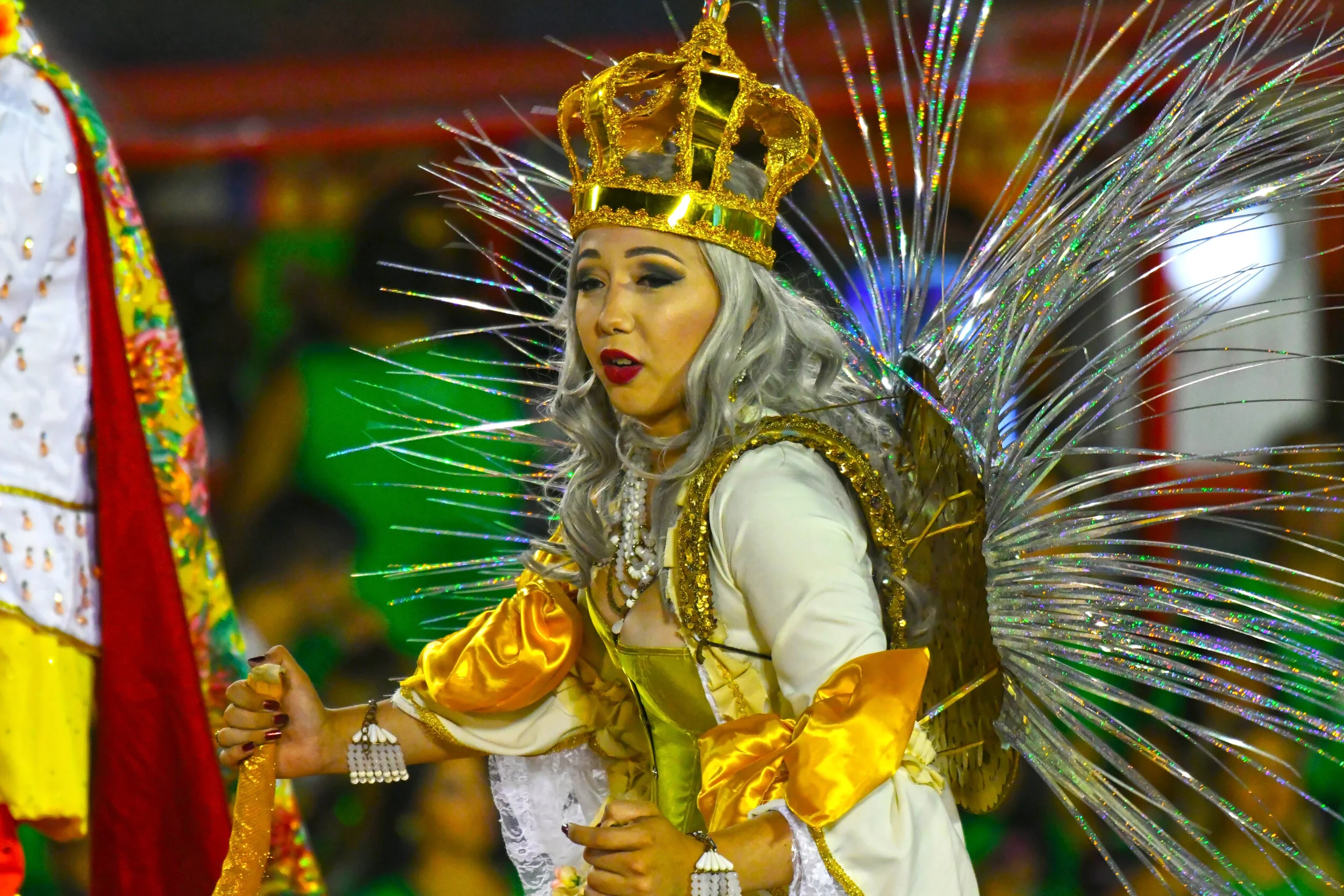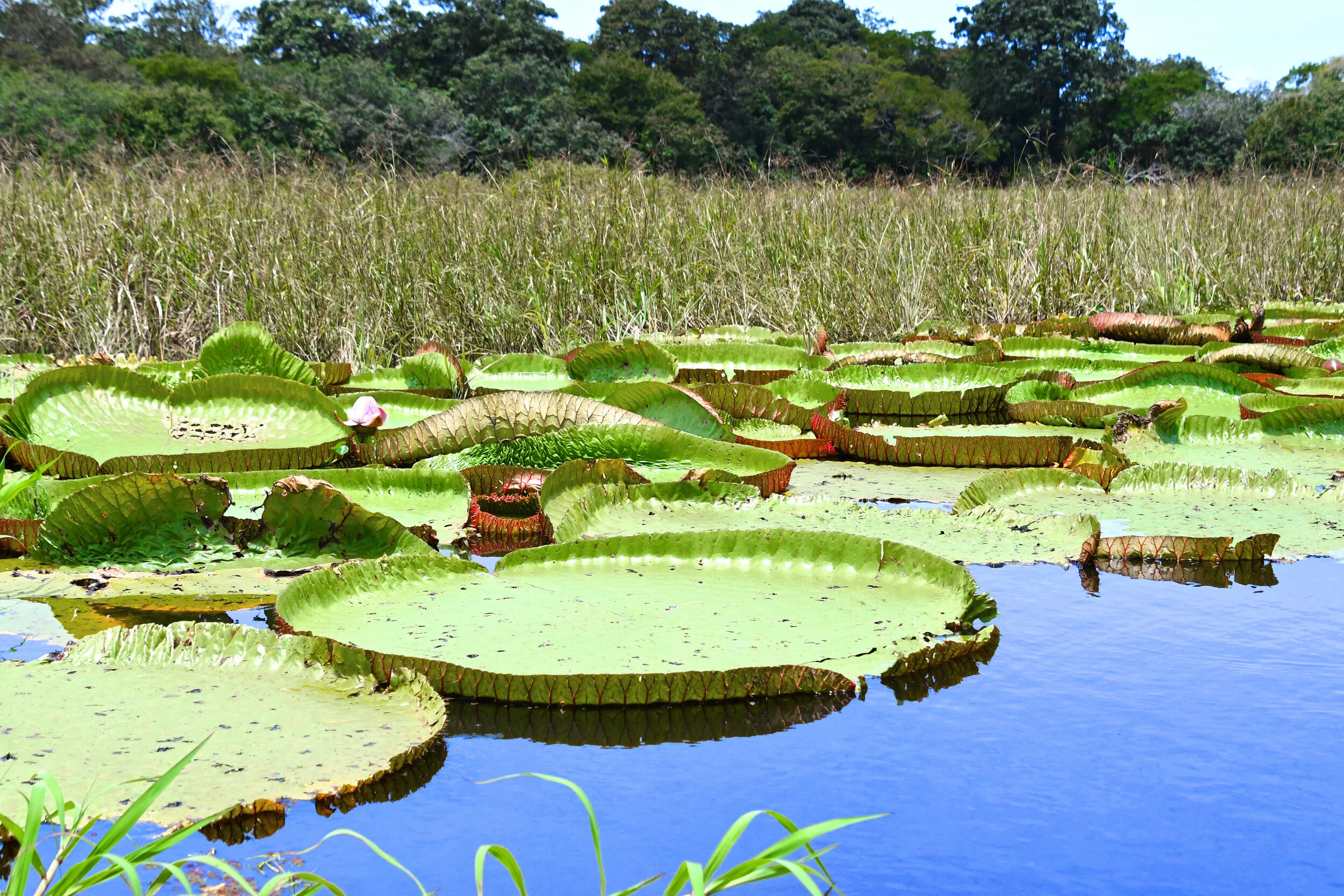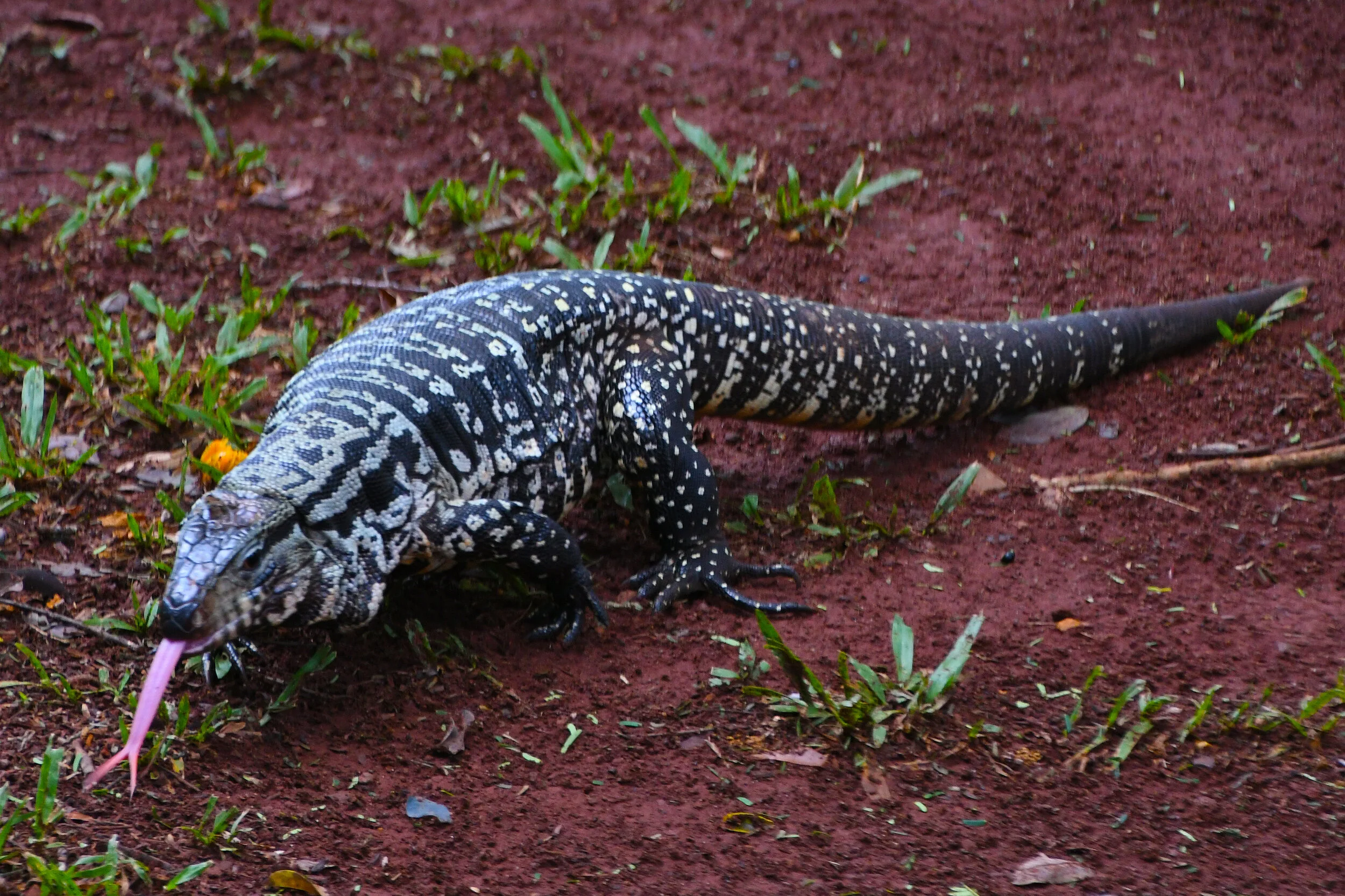
Happy to be celebrating carnival at Copacabana Beach in Rio.

The Sambadrome is the primary venue for the annual carnival parade in Rio. The paved road is flanked by grandstands on both sides. They can accommodate 90,000 spectators.

Carnival in Rio

Carnival in Rio

Carnival in Rio

Carnival in Rio

Carnival in Rio. A person who wants to take part in the carnival parade, can buy the costume from a Samba School and march through the Sambadrome as part of the team. For many, it’s the highlight of their year. Still, it can be quite upsetting when the person, whose job it is to keep everybody in line during the parade, yells at you from the sidelines.

Carnival in Rio

Carnival in Rio

Carnival in Rio

Carnival in Rio

Carnival in Rio

Carnival in Rio

Carnival in Rio

Carnival in Rio

Carnival in Rio

Carnival in Rio

Carnival in Rio

Rio Carnival Flag Bearer
The Flag Bearer, together with the Samba Master (not shown), lead the Samba School’s peagant into the Sambadrome in Rio De Janeiro. The role of the Flag Bearer is crucial as she sets the tone for the School’s performance and eventual rating by the judges. This is the Flag Bearer of the “Unidos De Bangu” Samba School. Bangu is a middle class neighbourhood in the western part of Rio De Janeiro. The school is the fourth oldest Samba School in Brazil.

A scene from the Unidos De Bangu school’s parade. The theme was West African slave trade. The gentleman in the red/yellow costume appears to depict a tribal chief. Surprisingly, tribal chiefs played an instrumental role in the slave trade. They collaborated with slave traders and even facilitated the embarkation of slaves from enemy tribes. Brazil imported more slaves than any other country in the Americas and were the last to abolish it. Slaves were needed as labour in sugar plantations and mining. The slave trade lasted from the 16th century to 1888.

Carnival in Rio

A mural depicting a Mursi woman from Ethiopia. It is part of the largest mural in the world, emphasizing the ethnical diversity of Brazil. The mural was created for the 2016 Rio Olympic Games by Eduardo Kobra, a world-renowned Brazilian graffiti artist.

At the Boi Bumba Folkloric Festival at Parintins, Brazil. Festivals like this allow the locals to celebrate and forget the harsh realities of their lives.

Carnival in Rio

Rio De Janeiro as seen from Sugarloaf Mountain. The left of the picture shows Copacabana Beach.

Amazonian rain forest

Amazonian rain forest

The bullet ant (Paraponera clavata) is one of the most feared ants in the Amazon. Contact with the ant is very painful and can be fatal. It is used by the indigenous tribes during initiation rituals for boys.

A monk saki monkey (Pithecia monachus) happily chewing high up in a tree. These monkeys are known to prefer unripe fruit.

Amazonian rain forest

Children of the Dessana indigenous tribe in the Tupé Sustainable Development Reserve playing hopscotch on the shores of the Rio Negro.

Amazonian rain forest

Scene from the Dessana indigenous tribe’s village near the Rio Negro.

Scene from the Dessana indigenous tribe’s village near the Rio Negro.

Alligator in the flooded forest near the Rio Negro.

Sunset over Amazonia

A common resident of the rainforest: the slow-moving sloth.

Typical home of the ribereños (River People).

The many sidearms of the Amazon river offer preferred building sites for ribereños’ homes.

Along the Amazon river.

Typical home of the ribereños (River People).

Prepare for a heavy downpour when dark clouds move in.

Giant lily pads are a common sight in the calmer waters of the river.

A macaw in the Dessana indigenous village on the Rio Negro.

Typical home of the ribereños (River People).

Prepare for a heavy downpour when dark clouds move in. During the rainy season, the mouth of the Amazon River can be as wide as 150 km (93 mi).

A 77-year old ribereño climbs an acai palm (Euterpe oleracea) near his home to harvest acai berries. Wild acai fruit is harvested and sold because they are rich in antioxidants and anti-inflammatory polyphenolic compounds.

The bustling city of Belem (population 2.5 million) near the mouth of the Para and Amazon rivers is the starting and end point for Amazonian river boats. Locals travel on these vessels sometimes a week or longer to reach destinations upstream. They bring their own food, sleep in hammocks in close quarters and form intimate communities as they move up and down this enormous stream. The river boats also deliver supplies and machine parts to remote villages along the way.

Playing on a river boat.

A yellow-headed vulture (Cathartes burrovianus).

The edge of the rain forest. Unless you have machete, the jungle is impenetrable.

Alligator in the Rio Negro.

In the Amazonian rain forest.

Only 16% of the Amazonian rainforest is protected. The Tapajós National Forest south of Santarem is part of the protected area. The forest is managed by the Chico Mendes Institute for Biodiversity Conservation (ICMBio). Chico Mendes was a Brazilian rubber tapper, trade union leader and environmentalist. He fought to preserve the Amazon rainforest and advocated for the human rights of Brazilian peasants and indigenous peoples. He was assassinated by a rancher on December 22, 1988 (Wikipedia).

In the Amazon, tree canopies represent unique ecosystems.

Amazonian rain forest

Amazonian rain forest

The rubber tree in the Amazon was the cause for a major industrial boom around Manaus during the early 20th century. In the Amazon, Henry Ford founded entire villages for plantation workers to secure the supply of rubber for his motor cars.

The thatch-roofed community building of the Dessana indigenous tribe in the Tupé Sustainable Development Reserve on the shores of the Rio Negro, 24 km (15 mi) west of Manaus.

The chief of the Dessana tribe in full head-dress.

Scene from the Dessana indigenous tribe’s village near the Rio Negro.

Scene from the Dessana tribe village.

The kapok tree (Ceiba pentandra) is one of the biggest in the Amazon. It can reach a height of 61 m (200 ft) and grow 4 m (13 ft) per year.

This is Iurys Didier (55). Iurys grew up in the Amazon jungle as a member of an indigenous tribe. He was immersed in the indigenous culture for many years before leaving for the city. In Manaus, he worked as a bell boy at a hotel and learned English. Later, he returned to his roots but this time as a guide. Now he passes on the traditions of his people to foreigners like me. In this picture he demonstrates how poisoned darts are carved. The darts are notched to make sure they break off and stay in the body when the wounded person tries to remove the dart.

On a nighttime alligator hunt.

On a nighttime alligator hunt.

Route 163 is the only road connecting Santarem with the rest of Brazil. Sadly, it also opens up vast areas of the rain forest to exploitation.

Logged and ready for burning: a cut-down piece of the tropical rain forest is being prepared for the seeding of soybeans.

A soybean plant. Brazilian farmers grow this lucrative crop to meet the needs of an ever-expanding beef market. More than 80% of soybean are used to feed cattle. Trump’s trade war with China (tariffs applied to soybean exports) have also ramped up soybean production in Brazil and further compromised the Amazonian rain forest.

A soybean field. Three months ago, this field was occupied by virgin tropical rain forest. The lonely tree left standing is a Brazil nut tree, which is protected under Brazilian law.

Cruising the Rio Negro

The Iguazu River on the Brazilian side. It is flowing through native rain forest on its way to the falls.

Cloud formations over the Uruguayan pampas.

Iguazu Falls’ “Devils Throat” with its plume of mist at sunrise.

The ring-tailed coati (Nasua nasua), a relative of our North-American racoon, is well represented (polite wording) in the National Park. They love to hang around people, waiting for food to drop from their hands.

Iguazu Falls

The toco toucan (Ramphastos toco) loves to perch in open trees with little or no foliage. They do very well in areas that have been partially cleared.

Iguazu Falls

Argentine white tegu lizard (Salvator merianea).

Iguazu Falls

These plush-crested jays (Cyanocorax chrysops) do not seem to fear people. They seem to watch your every move.

Iguazu Falls

Iguazu Falls

The toco toucan (Ramphastos toco) loves to perch in open trees with little or no foliage. They do very well in areas that have been partially cleared.

Iguazu Falls

Iguazu Falls

The female banana spider (Trichonephila clavipes) is huge and weaves a web with silk that has a tensile strength 8x stronger than steel.

Southern lapwing (Vanellus chilensis).

Iguazu Falls

Iguazu Falls

The plush-crested jay (Cyanocorax chrysops) does not seem to fear people. It seems to watch your every move.

Diaethria clymena, commonly known as “Cramer’s 88”, is a neo-tropical butterfly native to Argentina, Brazil, Peru, and Paraguay. This one has a “80” instead of an “88”. Iguazu Falls National Park is famous for its impressive butterfly population.

You can choose between “wet” and “dry” zodiac rides…I chose “wet”.

You can choose between “wet” and “dry” zodiac rides…I chose “wet”.

The Amazon River dolphin (Inia geoffrensis) is an endangered species. Their dwindling numbers (94% loss in population since 2000) are caused by water pollution, overfishing, and killing by fishermen who use the dolphins’ meat as bait for catfish.

A great egret (Ardea alba) is in search of fish at the edge of the Amazon river’s flooded forest.

The giant Amazonian water lily (Victoria amazonica) is the largest member of the water lily family. The lily pads can be found in the flooded rain forest during the rainy season and can reach a diameter of up to 2.5 m (8 ft). The lily’s flower can be white or pink.

A rare Amazon River dolphin (Inia geoffrensis) in the Rio Negro, Amazonas State, Brazil. Pink dolphins, also called Boto, start out with grey skin, but abrasions caused by swimming through flooded forests and fighting among males will expose the underlying pink skin.

A male wattled jacana (Jacana jacana) defends 4 eggs in the floating nest on a giant water lily in the Amazon river wetlands. The jacana’s nest floats to adjust to the different water levels during the wet and dry seasons. The water levels can change as much as 15 m (50 ft).

The giant Amazonian water lily (Victoria amazonica) is the largest member of the water lily family. The lily pads can be found in the flooded rain forest during the rainy season and can reach a diameter of up to 2.5 m (8 ft). The lily’s flower can be white or pink.

Locals take a refreshing dip under a dock in the Acara River near Belem, Para State, Brazil.

The Pedra do Ver-o-Peso wholesale fish market in Belem, Para State, Brazil. The vultures on the roofs of adjacent buildings are waiting for the next fishing boat to arrive.

A young Amazon River Dolphin (Inia geoffrensis). The Amazon River Dolphins are actually toothed whales. They use their teeth to capture prey (mostly fish).






































































































